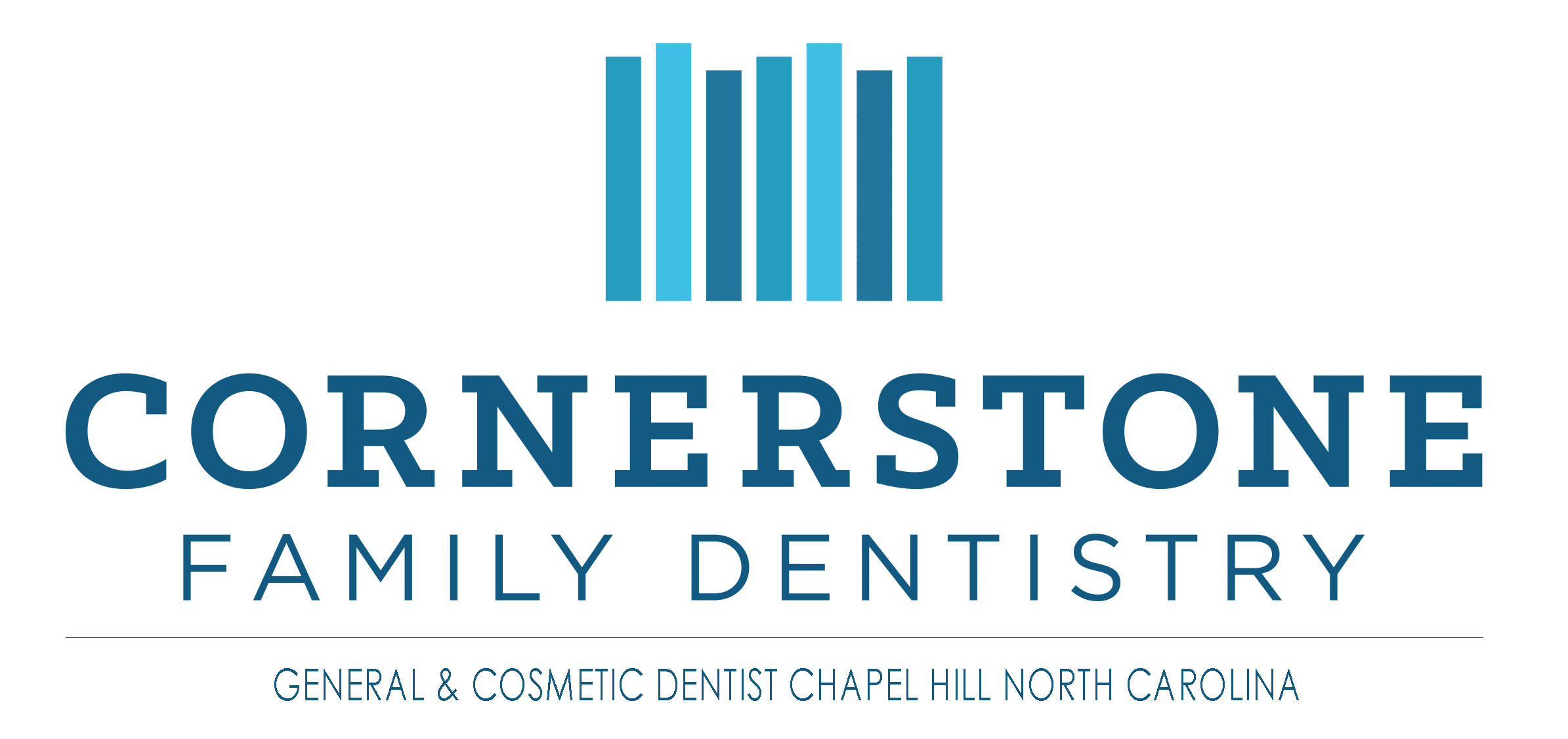What is a Maryland Bridge?
When you and the dentist have determined that a dental bridge is the best treatment plan to replace your missing tooth, there are a few types of dental bridges in chapel hill north carolina of which you can choose. There are traditional bridges, cantilever bridges and Maryland bridges. Traditional bridges secure the replacement tooth on either side with crowns. Cantilever bridges keep the false tooth in place with a crown on just one side. Finally, the Maryland bridge was developed to attach the new tooth to the teeth on either side with a metal framework.
A Maryland bridge is used by dentists everywhere to help people maintain healthy mouths after tooth loss. The technique was made popular by Dr. Gus Livaditis and Dr. Van Thompson at the University of Maryland, but invented by Dr. Stewart R Halbauer in Atlanta. As with many new technologies, the Maryland bridge was invented by one person and further developed by other people.
As it stands now, Maryland bridges rely on a metal base with a porcelain false tooth on top. The framework forms wing-like extensions that attach to the backside of your teeth on either side of the gap. The metal wings have a porous surface to help with bonding to the natural teeth, so crowns are not necessary for this method. Traditional bridges rely on crowns to attach the false tooth and to keep the false tooth in place and once a crown is applied to a tooth, the tooth cannot be restored to its original condition.
While Maryland bridges improve upon the traditional bridge approach, the Maryland is not a perfect replacement to your natural teeth. The use of metal to attach the porcelain replacement tooth creates two main complications aesthetically. The first consideration is your natural teeth are translucent; while they are not perfectly clear, light does pass through to bring a whiteness to your teeth. When the metal is bonded to the backside of your teeth, the light will not penetrate the framework. The metal will cause a shadowing or darkness and the overall shade of the tooth will differ from the other natural teeth on either side and possibly the shade of the new porcelain tooth as well.
Additionally, the replacement porcelain will not have the same translucency as your natural teeth. Be sure to take time to talk to the dentist about what you are looking for in your replacement tooth in terms of shape, color, and size. You may want to bring in old photos to reference when you still had your original tooth. The dentist can help design a false tooth that fits your smile and feels like its always been a part of your mouth.
The final consideration of Maryland bridges is the condition of the teeth on either side of the gap. The teeth need to be healthy enough to support the porcelain bridge and provide that support as long as the life of the bridge. Some dentists are even using zirconia as tooth replacement material or are using tooth colored material to form the framework to decrease the darkening impact of the metal. Stronger materials, more natural looking and longer lasting are important improvements to bridges in the recent years.
More information on dental bridges : What is a Dental Bridge?





High-Quality Dental Care
At Cornerstone Family Dentistry in Chapel Hill, all our services are performed with the patient in mind. We want you to feel comfortable in the dental chair, confident in our work, and most importantly, we want you to fall in love with your smile again. If you would like to schedule an appointment or if you have any questions about cosmetic procedures that we offer, please contact us at (919) 595-1010.
